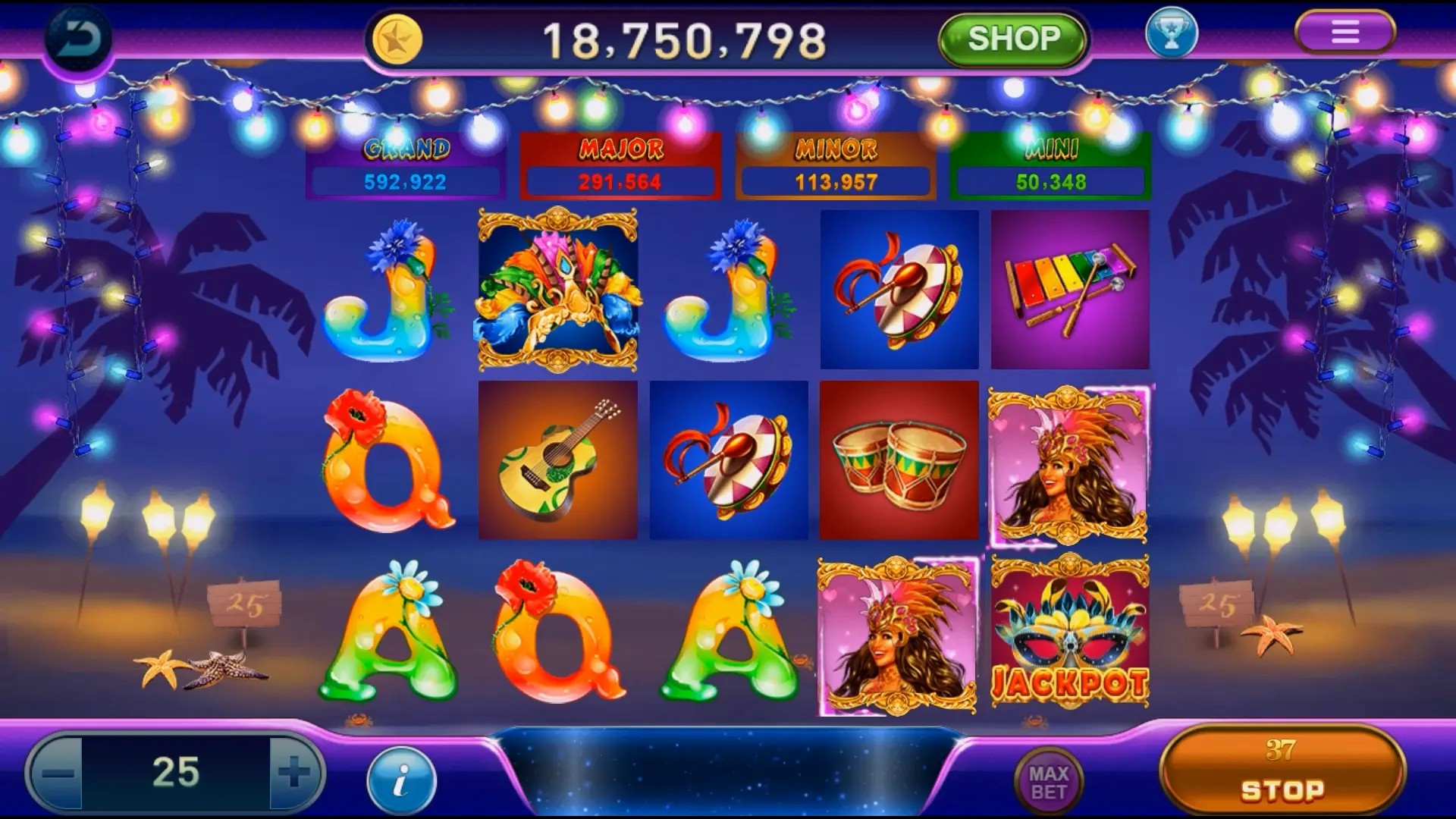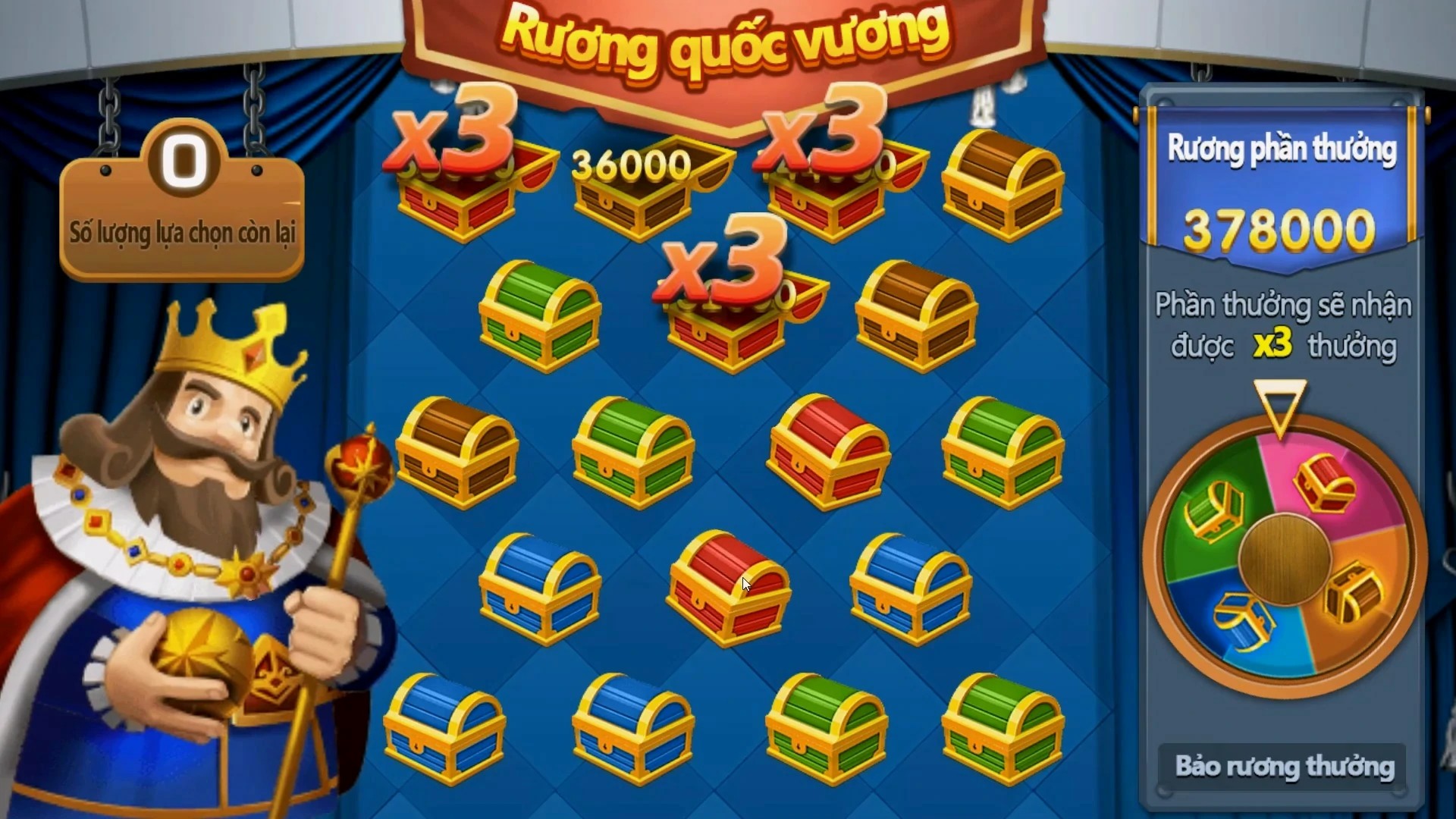A New Era of Play: How Mobile and Independent Games Are Changing Entertainment
The gaming world has evolved in surprising ways over the last decade. Where console and PC titles once ruled, new opportunities now exist thanks to smartphones and smaller independent teams. **Casual games**, with their intuitive gameplay and shorter sessions, are particularly popular — and they've carved a meaningful place among both traditional gamers and entirely new audiences worldwide.Let’s start by looking at one core question that every aspiring game creator or digital businessperson should consider.
- Are story-based indie games losing appeal to fast-to-start mobile apps?
- Does deep storytelling belong inside free web RPGs at all?
These questions hint at broader industry trends. For example, platforms like Kongregate and Newgrounds still attract users with casual browser RPG hybrids — blending light narrative arcs with minimal effort gameplay. Here’s a basic breakdown of user preferences across genres, pulled from community surveys across Singapore, Indonesia and Australia:
| Genre | Engaged % | Daily Retention Rate |
|---|---|---|
| Casual Story Mode Phone Games | 82% | 36% |
| Traditional Indie Puzzle Titles | 71% | 14% |
| Free Web-based RPGs | 93% | 44% |
In Defense Of Low-Fidelity Gaming Experiences
Why even bother launching an under-the-radar title when so many polished AAA titles are competing for attention? The answer comes down to **time and access** more than technical brilliance. Players around Singapore especially seem comfortable trying experimental indy-style projects because expectations differ — often expecting little in terms of graphical fidelity or expansive content. This flexibility gives developers creative wiggle room. They can focus on mood pieces instead of full quests. Some studios experiment freely with dialogue choices, environmental sound design, or even retro-style ASCII interfaces (weird, right?). In doing this: •Risks feel manageable;•Trends shift quickly, favoring speed-over-safety strategies;
•New talent gets spotted easier; All of which means casual isn’t necessarily boring – nor “inferior."
**Top Insight**: Simplicity is strategic.
**Takeaway for Designers:** Focus on memorable mechanics over lengthy campaigns.
**Note for Publishers:** Free monetized versions perform better globally.
**Takeaway for Designers:** Focus on memorable mechanics over lengthy campaigns.
**Note for Publishers:** Free monetized versions perform better globally.
A growing segment of players aren't just okay with short bursts — *they crave it*. Not everyone enjoys getting trapped into forty-hour sagas with moral consequences or skill trees stretching longer than your arm. So why exactly has storytelling adapted here? We’ll get into that shortly.
From Pixels to Emotions: What Indie Gamess Are Teaching Us
If there was an awards season strictly for emotional impact and minimalist aesthetics... most would probably lose. Yet oddly enough, indie projects tend to win emotionally without trying as hard. It helps explain titles such as:- Pico-Essays (like Gris and Night of the Rabbit).
- Gothic pixel-art visual novels.
- RPG elements hiding inside endless runners (hello Temple Run: Story Mod).
| Comparision of Indie Narratives (Singaporean Data Sample) | |
| Narrative Style | % Engagement Rate Among Users |
| Voice Narration (Audio Dramas Built Around Click Events) | ~83% |
| Limited Player Dialogue / Text-Based Exploration | ~54% |
| Silent Protogonists + Symbolic Landscapes | ~61% |
The Role of Nostalgia: Can Browser-Game Flavored RPGs Compete with Modern UI?
Sometimes the most charming thing about free web-based RPGs isn’t the quality per-se — it's their resemblance to past eras. The low-budget charm works like comfort food in visual form. It invites curiosity rather than intimidation. Think along old-school flash-era relics repurposed using modern web stacks. One great side-effect here: they load quick without requiring huge permissions. And this seems perfectly suited towards a region like South-east Asia. Where network consistency fluctuates and patience thins if things load above three seconds. So it shouldn’t surprise anyone that games with simple text boxes and map exploration are performing well across countries like the Phillippines, Malaysia, Singapore, & Indonesia — even if they technically run off twenty-year tech.Now onto real examples. One fascinating case includes a tiny open world dungeon adventure titled "Wanderlore Tales" developed by Malaysian coder Leanne Choo and released purely via web browser support (yes, even in mobile chrome). No AppStore download needed. No forced updates stealing precious space. Just plain-old URL sharing across chat groups. That’s surprisingly smart marketing strategy in regions dealing with smartphone limitations due to hardware costs. And people responded strongly to that concept. Even though gameplay lasted maybe fifteen minutes end-to-end including side objectives? Players came away saying: > "It feels nostalgic, honest. Like what games were supposed to do. Just take me away." Let that sit in your gut as a designer. Because honestly? That level of emotional recall might just be worth pursuing. Next, let’s talk more concretely about what this shift means from a developer perspective.
Profitable Possibilities? Monetizing Minimalist Projects Without Breaking The Magic
Let’s pretend I'm telling a startup pitch here — you wouldn’t mind me dropping in the words ‘disrupt’, ‘agility’ or perhaps something like ‘reaching micro-audiences with macro potential’. Fine line here – how can casual titles monetize without killing vibe completely. Some devs pull this nicely with clever soft-core mechanics:-
▫️Non intrusive rewarded ads.
▫️Optional cosmetic unlocks.
▫️Passive tap/automated progress loops.
Digital Store Popularity Comparison Across Regions (based 2023 data):
| Countries Compared | iOS App Download Rank - Top Games Category | GooglePlay Top Downloads | ||
| # Free Casual Titles | # Premium Indie RPGs | Top # Casual Apps | # Deep-Dig Visual Narrative Titles | |
| ASEAN Avg. | 18% in Top-25s | 33% ranked below top 100 | 35% occupied charts | Only ~4 made appearance |
| North America Combined Stats | Moderate (~40% top 50 appearances | Holds highest concentration of indie fanbases. | Familiar with hybrid model. | Deep niche communities exist for premium story-heavy games |
*Interesting Note: When cross-checked, Singapore consistently lands between moderate-to-high usage of casual mobile titles compared regional neighbors.
**Lessons for creators:
-
Focus localization early: Don't treat entire SEA region identically — adapt art direction slightly according linguistic quirks;
-
Add cultural touches (optional festivals themes, familiar references) to build deeper relatability and encourage social shares
Future Outlook: Emerging Themes In Casual Indie Experiences (2025 Predictions Based On Trend Analysis Up Through Jan'2024)
Despite common assumptions — simplicity doesn’t equate boredom. Several interesting themes are gaining serious steam lately that could change how we look at these seemingly low-effort titles. First big movement: ➡️AI Generated Dialogues In RPG Mechanics — several titles experimenting this quietly with positive reception from test users in Japan. Next evolution expected in browser-gaming space: ✔️Increased use dynamic music scores tailored via mood recognition algorithm running client-side Third idea making waves in dev circles (though mostly theory atm): ❓Can emotion-adaptative difficulty levels improve retention without forcing artificial hand-holding systems. Still experimental. Might sound ridiculous now. But remember – the most revolutionary ideas often begin like that. As a wrap-up observation here, expect increased emphasis around mental health tie-ins: • Games helping with stress-relief using biofeedback tools embedded directly inside mobile frameworks• Mood-reactive quest branching inside visual story apps All signs pointing forward: this is the era when accessibility meets creativity, not compromise. Which makes diving in today potentially rewarding. So yes, the casual and browser-based space remains fertile — perhaps even more so in parts where mobile penetration exceeds PC usage rates, like across urban zones in Asia-pacific areas. We’ve walked through history. We’ve reviewed stats and dissected psychology of players seeking short-play narratives. But the final point I’d urge you to ponder on before moving on… what does true innovation actually require from those willing to push casual gaming forwards in non-intuitive ways? Maybe we need less polish – but smarter risk-taking. Afterword? You’ve read long enough. Time to create something unforgettable with fewer constraints.
Taking Control: Start Playing (and Creating!) Your Way Forward
Whether you're testing free browser rpg options on a rainy night in Singapore... … or seriously contemplating releasing that unfinished passion project stuck somewhere deep inside a dusty Steam Dev Kit... Think differently now. Try building not with perfectionist ideals, but intentionality. What do I mean? Make games designed not simply to occupy time, but to enhance it subtly and offer gentle reflection amidst chaotic realities outside. Therein hides massive opportunity overlooked until now. So take chances. Tinker with narrative structures, embrace lo-fi charm, and allow room to fail. Because in truth? The future of fun isn’t always about epic sagas. Sometimes it’s about finding quiet joy hidden in unexpected corners. You never know whose day gets changed because of your idea clicking to life inside someone else's screen at the worst moment for them – turning frustration into calm. Or fatigue into smile. Would you agree with that? Probably not if your metrics only report daily average retention percentages and DAU/MAU ratios all the time… Yet that invisible magic – the one rarely quantifiable — is precisely where greatness sneaks quietly in. 😄Final Thoughts on The Rise of Indie Games
Let me wrap this up in blunt honesty. Yes — casual doesn’t mean inferior. Especially when backed by intentional design and audience sensitivity. We've covered a lot today: •Why narrative modes in mobile titles work well beyond initial expectations•How small teams beat big companies using emotional resonance
•The power of nostalgia-infused UX loops and accessible stories Even if you walked in expecting nothing but dry analysis — I’m sure we've shifted a few notions by now. In any case: give yourself credit just for showing interest at all. If anything resonated… go pick a small personal challenge. Start building or at least revisiting forgotten concepts. The indie revolution thrives because creators choose not wait until the stars are perfect – they shine wherever they are now.



